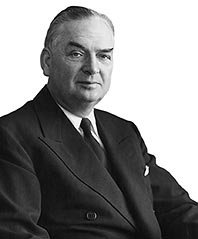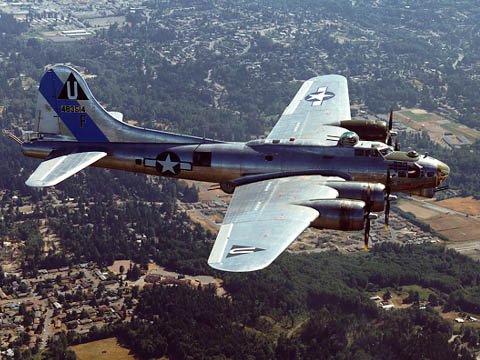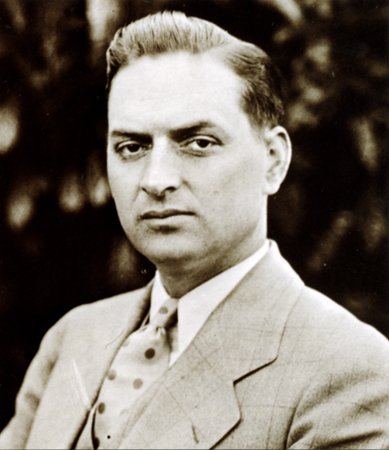
Clairmont L. Egtvedt
Died: April 25, 1975
Inducted: 1996
Clairmont L. Egtvedt was born on a farm near Stoughton, Wisconsin and received his primary education in the area. He and his family moved to Seattle in 1911. Upon graduating from the University of Washington, Egtvedt joined the one year old Boeing Company as a mechanical engineer on June 4, 1917. He never worked for another employer and, with almost startling rapidity, he became the boss of this one. One year after joining Boeing Egtvedt was named chief experimental engineer and shortly after that was named chief engineer.
It was the close at hand familiarity which put him in the frail aircraft of those days, a pad of paper strapped to his leg, taking notes on airspeed, temperatures, pressures, rate of climb and altitude. He liked to recall those trials and tribulations but never seemed impressed with his own role.
He tells of the time he and Eddie Hubbard, a test pilot of substantial Boeing fame, flew the Boeing B-1, Flying Boat. "Undeterred by a supervisor who offered to bet William E. Boeing that the plane would never get off the water, Hubbard and I taxied out past a long row of ships anchored in Lake Union. Hubbard poured on the power and the plane rose sharply into the air and up over the anchored ships. Then the engine stalled and the plane started to dive towards the water.
Nose down the engine picked up and we zoomed skyward just over the ships' masts only to have the whole procedure repeat several times. The plane zoomed and dived several times until Hubbard was able to find a clear area and made a hasty landing. We discovered that the fuel pump only delivered fuel when the nose was down, point it up and the fuel flow ceased. A workable pump and a wider elevator was the result of that first test hop."
Those were tough, formative years for Boeing but through them all Egtvedt gathered ideas and experience rising to vice president and general manager by 1926. In 1933 he was named president. Egtvedt guided the company toward revolutionary changes with emphasis on large aircraft; the Model 314 flying boats and the Boeing Stratoliner.
He was named chairman of the company in 1939 and began devoting his time to developments of the Model 299. He is recognized as the father of the B-17, the world's most famed bomber and often credited with playing a major role in the Allied victory. Colonel Robert Morgan, pilot of the B-17 Memphis Belle, states in his book, "...they perfected a prototype design that would soon help save western civilization ..." Morgan's book, The Man who flew the Memphis Belle, provides more details about the aircraft and its design.
In 1944 Egtvedt began a term as both chairman and CEO. He would be on the board of directors until he resigned on April 25, 1966.

